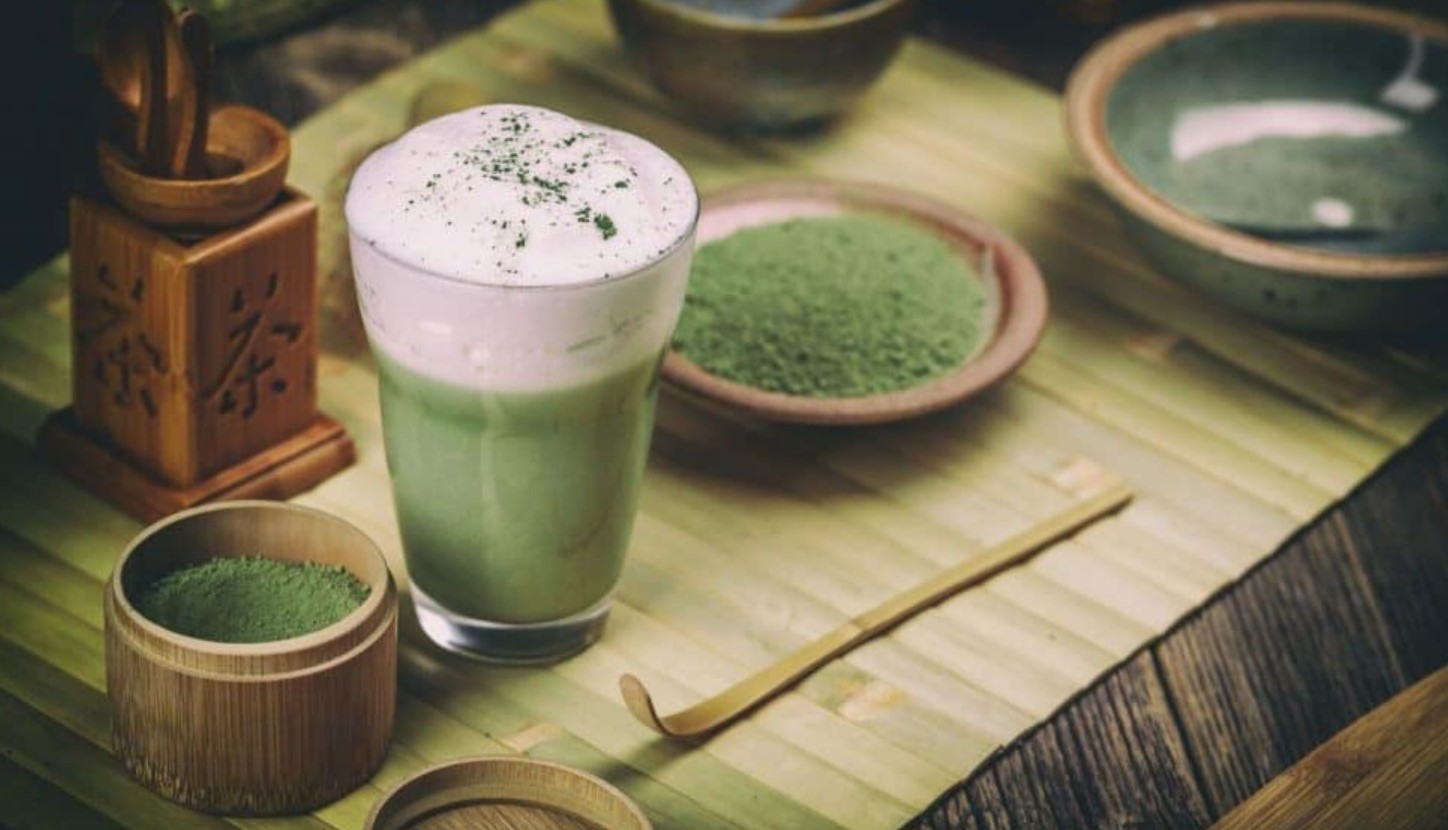
Matcha is a green tea that has become increasingly popular in the Western world in recent years. But what is it exactly and what’s the difference between Japanese and Chinese one?
In this article, we will explore the difference and what sets each apart. We will also provide a detailed overview of the benefits of each type of Matcha for your coffee/tea routine.
What is Matcha?
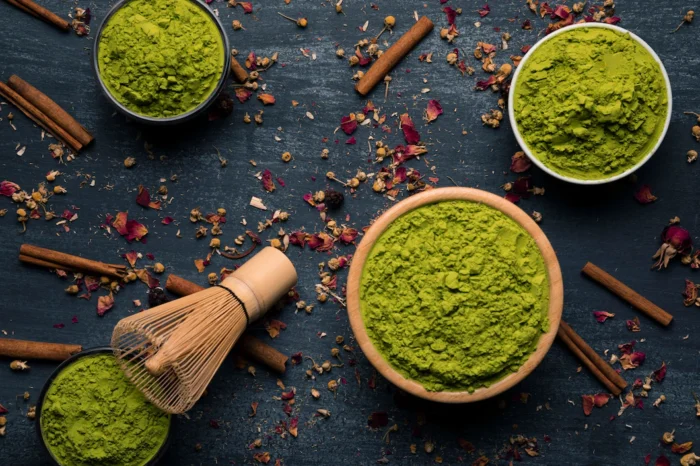
Matcha, also known as Chrysanthemum Green Tea, is a type of tea made from finely ground green tea leaves. It is more expensive than other types of tea because the process of making it requires a high degree of skill and precision.
It is mainly consumed in Japan, where it has a long history dating back to the 16th century.
Today, it is popular for its rich flavor and health benefits.
It contains high levels of caffeine and catechins, which are powerful antioxidants. According to research published in The Journal of Agricultural and Food Chemistry, it can help improve cognitive function and reduce risk factors for chronic diseases such as heart disease and stroke.
Some people also use Japanese Matcha powder to improve their concentration and promote weight loss. It is not recommended for children or pregnant women due to the caffeine content.
The History of Matcha
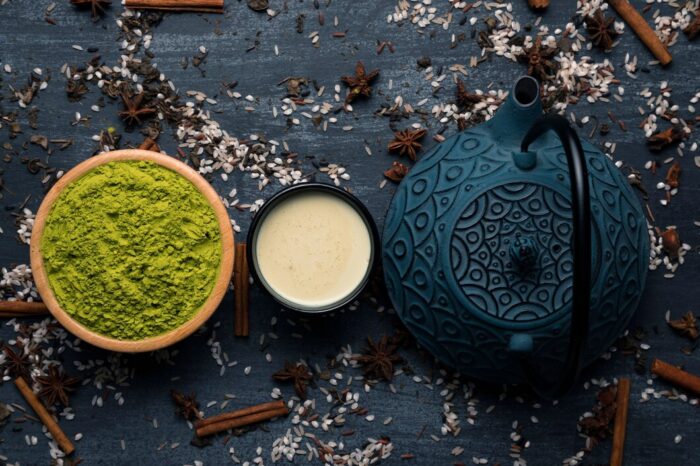
Although the history of Matcha is long and complicated, the basics are that it is made from finely ground young green tea leaves, unlike other teas which are brewed from older leaves.
There are many different types of Matcha, all of which have their own unique flavor and aroma. The most well-known type is called Sencha, which is made from darker green tea leaves and has a sweet taste. Other popular varieties include Chanoyu (made from bright green tea leaves), Ochazuke (made with soy sauce and rice), and Genmai (made with roasted barley).
Some people enjoy drinking it cold while others prefer it hot. Some traditional ways to prepare Matcha include adding it to coffee or tea, mixing it into yogurt or cereal, or even using it as a topping for ice cream or cake.
The Benefits of Matcha Tea
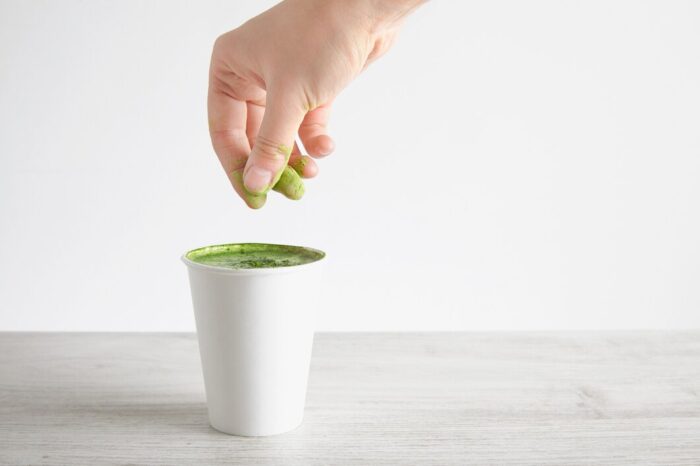
Matcha tea is a type of tea made from brush-cleaned, pre-steeped green tea leaves that are partially fermented with a fungus. The resulting drink has a brighter taste and a slightly nutty aroma than other types of tea. Some people believe that it contains compounds that promote better cognitive function and mental clarity. Here are some health benefits of drinking it:
1. It is high in antioxidants. A study published in the Journal of Agricultural and Food Chemistry found that it contained more catechins than any other type of tea studied, which are believed to be responsible for its antioxidant properties.
2. It helps improve concentration and memory. According to an article, research suggests that it may help improve cognitive function and memory because it contains compounds called l-theanine and caffeine. L-theanine is an aéeaeolic acid compound found in plants, while caffeine is a psychoactive drug found in coffee, tea, cacao, chocolate, etc.
3. It reduces stress levels. It also appears to help reduce stress levels because it has calming effects on the brain and nervous system.
How to Make Matcha Tea?
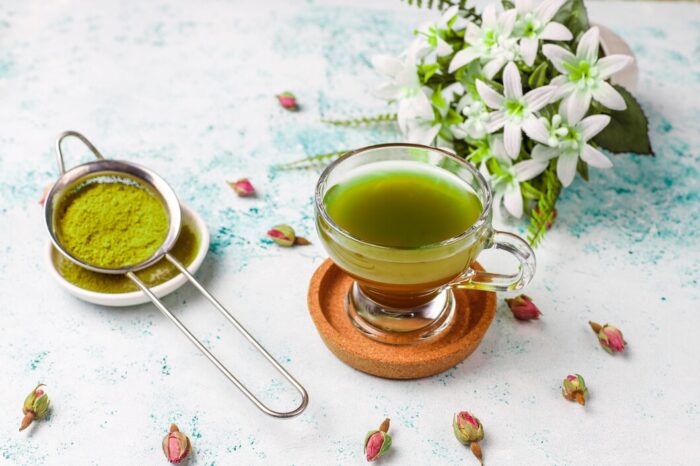
Making this tea is a popular way to enjoy the health benefits of the green tea leaf. The two most common types of Matcha, Japanese and Chinese, differ in how they are made.
Japanese one is made from ground very finely powdered Japanese green tea leaves, whereas Chinese one is made from whole leaves that have been pounded into a fine powder.
• To make Japanese Matcha, you first need to prepare your equipment. You’ll need a small bowl or cup, a bamboo whisk, and water. Begin by pouring about 175ml of hot water into the bowl or cup. Whisking the tea constantly with the bamboo whisk, slowly add the desired amount of powdered Japanese green tea leaves until you reach the desired color and flavor. If you want a stronger flavor or more caffeine, then add an additional amount of powdered green tea leaves. Once all of the ingredients are combined, strain the tea through a fine-mesh strainer or sieve and enjoy!
• For Chinese Matcha, you will need: A large bowl (at least 3 cups), a wooden chopstick or metal whisk (not plastic), filtered water at room temperature (between 70F-75F), and fresh green tea leaves . Pour about 1 ½ cups of filtered water into your large bowl and place the leaves in it. Using the wooden chopstick or metal whisk, begin to stir the leaves constantly with a circular motion. Once all of the water has been absorbed and the leaves are fully hydrated, also strain the tea through a fine-mesh strainer or sieve and enjoy!
Tips for Enjoying Matcha Tea
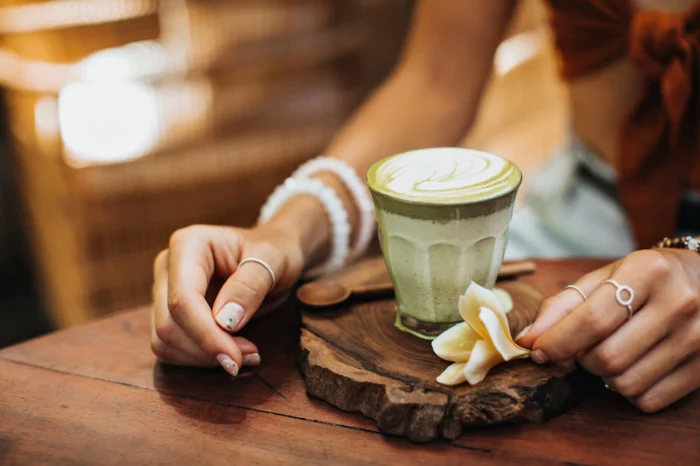
Here are some tips for enjoying this tea:
1. Start with a small amount, just a few teaspoons. If you overdo it, you’ll end up with a bitter drink.
2. It is best when served cold or at room temperature.
3. Brew the tea using about 1 teaspoon of Matcha powder per cup of water. Allow the tea to steep for 3-5 minutes, then enjoy!
How Do Japanese Matcha and Chinese Matcha Compare?
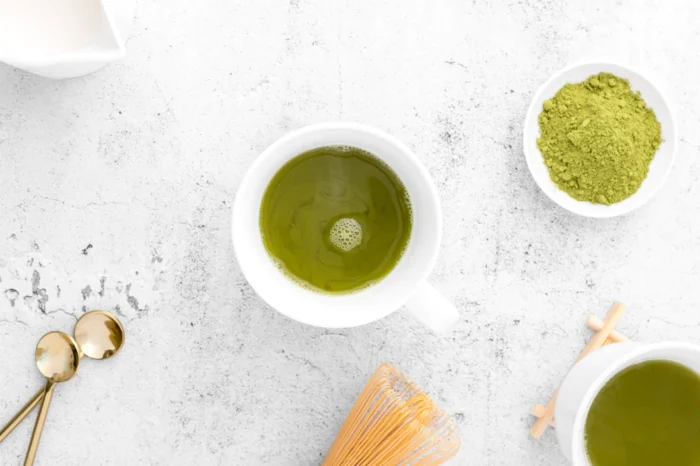
Japanese Matcha is prepared in a way that gives it a sweeter flavor than Chinese one. The brewing process also differs; Chinese Matcha is typically steeped for two minutes while Japanese one can be steeped for up to 30 minutes. Finally, the finished product may or may not contain any sugar.
Overall, both have many similarities and differences that should be considered when deciding which type of tea to try.
The Benefits of Japanese and Chinese Matcha
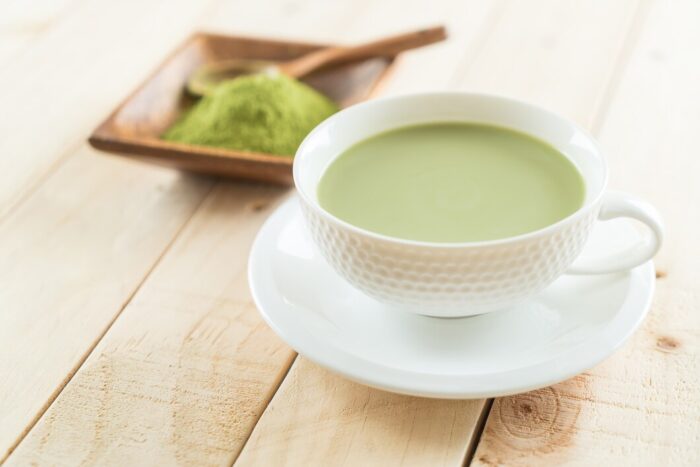
It is made from shade-grown tea leaves and is typically more expensive than other types of tea. It has a rich, sweet flavor and can be used in both sweet and savory dishes. There are many different ways to enjoy it, including drinking it as a hot beverage, using it in baking recipes, or adding it to smoothies or yogurt.
Some of the benefits of Matcha include:
1. It has a high concentration of antioxidants, which can help protect against disease.
2. It has a mild taste that can be easily combined with other flavors.
3. It may help improve energy levels and promote focus and concentration.
Conclusion
There is a lot of confusion surrounding the difference between Japanese and Chinese Matcha, so we wanted to explain some key points. Japanese one is made from a type of tea leaf that has been ground into a very fine powder. This results in a brighter green color and heightened flavor than Chinese one, which is typically made from whole leaves and has a more mellow flavor. Matcha is also popular for its ability to promote focus and cognitive function, thanks in part to its caffeine content.








